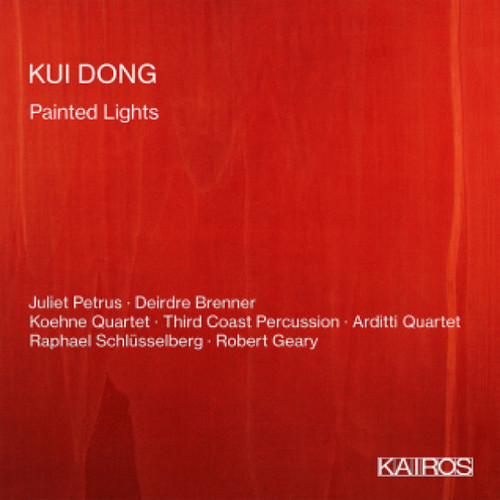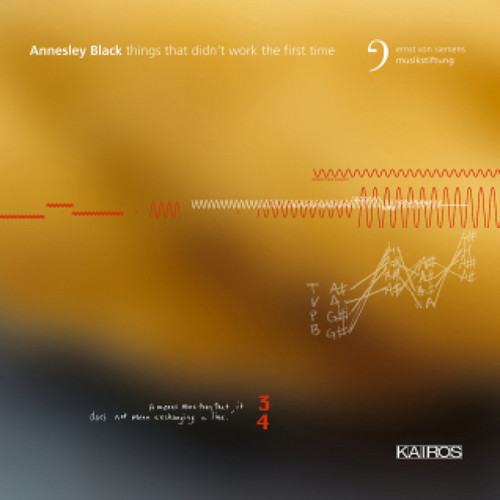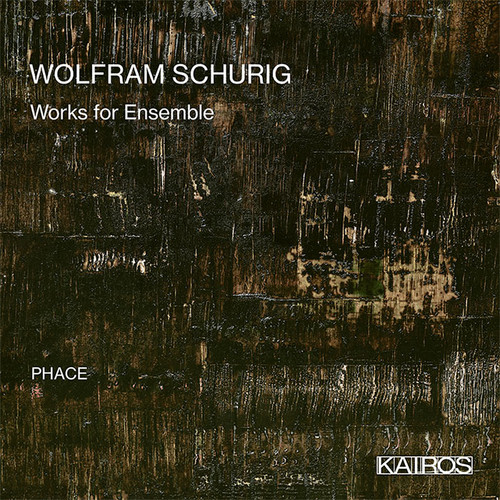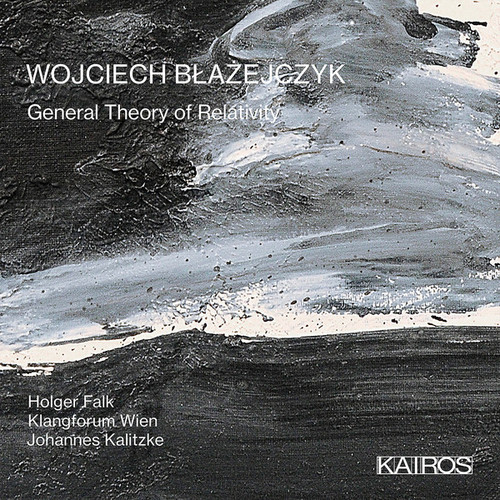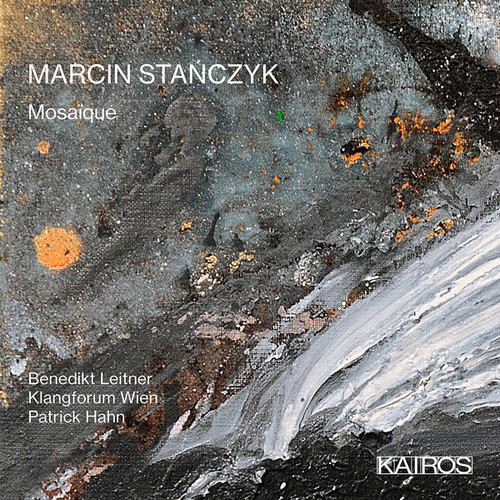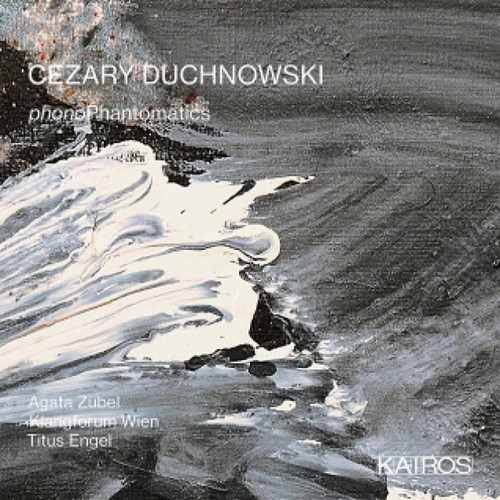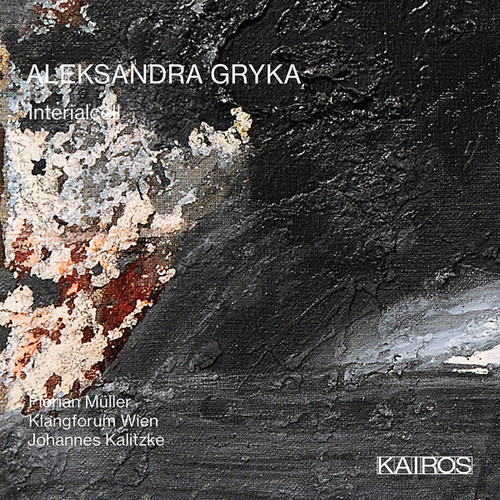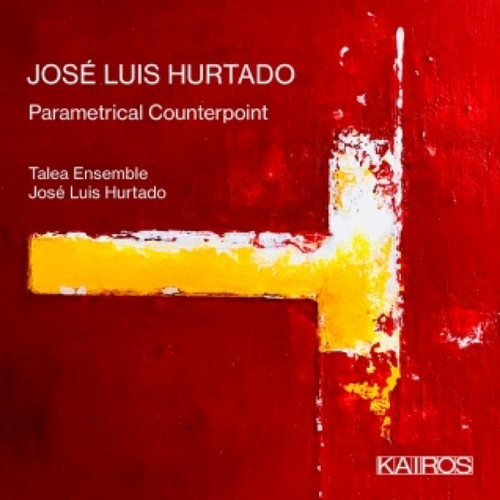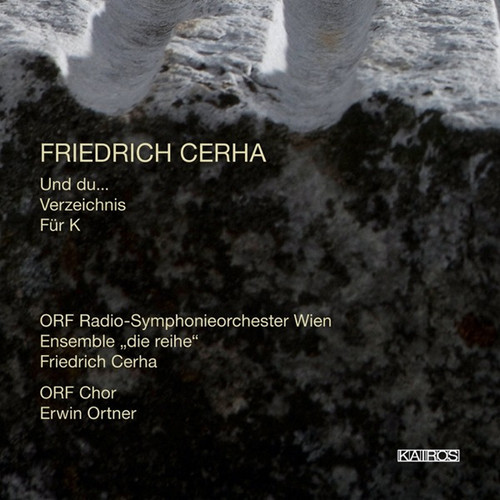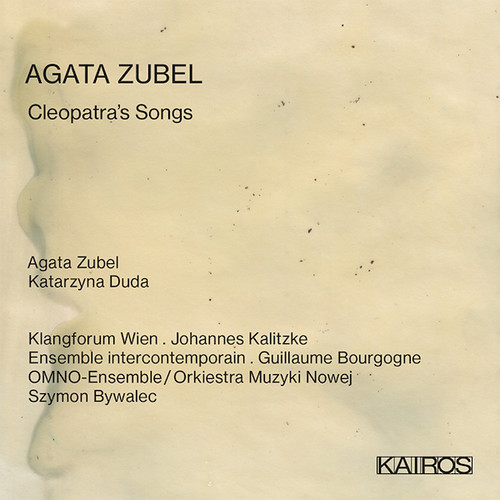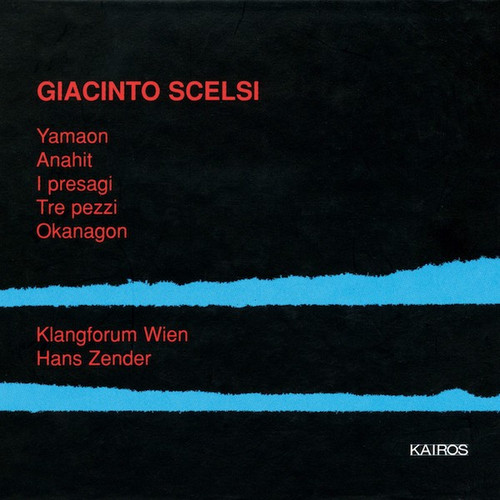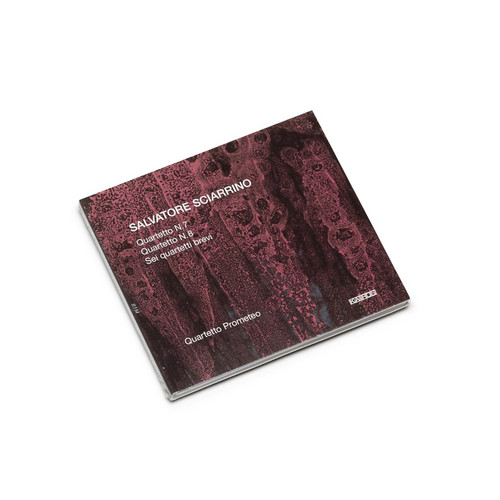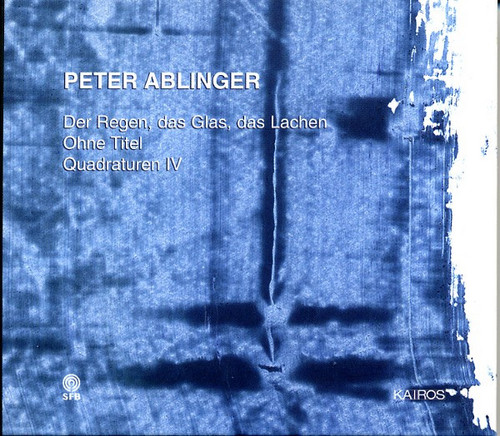★Kairos
Painted Lights
Painted Lights, a new album of compositions by Kui Dong is now available on Kairos Music. The record, which features performances by Juliet Petrus, Deirdre Brenner, Third Coast Percussion, Arditti Quartet, Koehne Quartett, Volti, Piedmont East Bay Children's Choir, Robert Geary, and Raphael Schlüsselberg, comprises four pieces of chamber and choral music written by Dong between 2009 and 2017. California Shoreline (2017) for soprano, string quartet and prepared piano opens the album, followed by …
Things That Didn’t Work the First Time
With each composition, Annesley Black embarks courageously on a new experiment with an open future; while at the beginning of the compositional process the material can still mean many things, it gradually ceases to do so. And at some point, all ambiguities are cleared up: the piece stands. The paths that have led to this point are ultimately paradoxical: they are “immensely labyrinthine and completely logical at the same time” (Black). In their own unique way, the pieces gathered on this CD pre…
Ultima Thule
One could take Wolfram Schurig's Ultima Thule for five ensembles, a work whose mere instrumentation in-vokes that utopian place which, according to the composer, should automatically be the goal of any authentic artistic activity, as a motto for Wolfram Schurig‘s entire compositional œuvre. In ancient Greece, the name Thule referred to the northern-most part of the world, whose accessibility and actual existence, however, remained uncertain. Since Virgil, th…
Works for Ensemble
Wolfram Schurig's musical career began with instrumental playing. After basic training on the recorder, his concert studies with Kees Boeke, one of the protagonists of historically informed performance practice, left their mark on him. This experience plays an important role in Schurig's working method as a composer: "You simply write music differently when you are on stage yourself. You owe it to the performer to deliver something that is playable, and in which he can find himself as a co-creat…
Works for Piano
The music of Austrian composer Bernhard Lang (b. 1957) is one of in-betweens. Stylistically, Lang’s oeuvre occupies the space between a multitude of genres, ranging from contem porary composition and free improvisation to the wider realms of hip hop and DJ-culture. By virtue of Lang’s radical openness to creative conversation and collaboration, and to ideas and influences from other areas of artistic and scientific exploration, his oeuvre finds connections to the worlds of film, dance, theatre, …
General Theory Of Relativity
Wojciech Błażejczyk’s music feeds on scientific theories, internet streams and civilization waves or scrap. It sometimes looks like a nerd’s diary. Full of different colors and fonts, notes, charts, exclamations and underlined words. This diary is the composer’s reaction to what surrounds him every day. Global news often appear together with local events, fake facts – with perceptual illusions, war strategy – with a pacifist message. All of that put in a new music idiom spiced up with a pinch of…
Mosaïque
Could you imagine music as a geyser? Erupting violently, waiting on tense standby, forever renewing itself... Or, just the contrary, as a sigh? An operatic sospiri, inhaling and exhaling, a tangible, rhythmic fluctuation... Or as walking with your eyes closed with full alertness to the sounds of unknown origin? That’s what Marcin Stańczyk’s music is like.The milestone of his career turned out to be the composition Sighs (2008–10, rev. 2012) for chamber- or symphonic orchestra. It got him the pre…
PhonoPhantomatics
Cezary Duchnowski, although perceived as a specialized composer with consciously chosen specialization, is very open to extremely versatile activity in the musical field. Apart from absolute music, he’s also keenly interested in relations between music and the word, music and theatre (or rather performance art) as well as visual arts in the wide sense. What he aims at with this kind of syncretism is a genuine interaction of various media. In his musical activity, he explores various areas of the…
Interialcell
Aleksandra Gryka is undoubtedly one of the most enigmatic and fascinating figures of the young generation of Polish composers. She does not comment on her works, does not give interviews, and does not provide critics with an insight into her scores (which even causes the occasional international scandal). She is also mysterious in her music: her works are like planets with their own atmosphere and laws. The narrative is usually torn, fragmentary and always incom plete, it leaves the listener uns…
Parametrical Counterpoint
** In process of stocking ** Kairos presents Parametrical Counterpoint by José Luis Hurtado. Composer José Luis Hurtado’s music has been performed across continents by ensembles and soloists such as the Boston Modern Orchestra Project, JACK Quartet, International Contemporary Ensemble, Talea Ensemble, the Callithumpian Consort, CEPROMUSIC Ensemble, Piedmont East Bay Children’s Choir, Quatuor Molinari, Émile Girard -Charest, Lora Kmieliauskaite, Tony Arnold, Garth Knox, Claire Chase, Le Nouvel En…
Und Du... et al
** Und du… was composed in 1963, commissioned by the Austrian Broadcasting Co. It was supposed to be played “radiophonically,” i.e. on tape and with loudspeakers only, to reach and involve a group of listeners corresponding to the medium’s effective radius. My own involvement with the nuclear situation – the dangerousness of which against the background of Hiroshima was clear, but not nearly to the extent it is today among the broad public – prompted me to take the equally fundamental anxiety I …
Kaleidoscope
** In process of stocking ** Kairos presents Kaleidoscope by Eunho Chang. Born 1983 in Daegu, Republic of Korea, Eunho Chang began his musical studies with piano lessons at the age of seven. He studied composition at the Keimyung University, Fryderyk Chopin University of Music and obtained his PhD in musical composition at the Fryderyk Chopin University of Music under the supervision of professor Marcin Błażewicz. He has been selected for various workshops and masterclasses, such as Impuls Acade…
Cleopatra's Songs
“Give me some music!” These words from Shakespeare’s Antony and Cleopatra, which open Cleopatra’s Songs, seem particularly well chosen to characterize Agata Zubel’s relationship to music. Music: a vital need, a thirst, but also something that you give.
This portrait album with three major works, performed by leading ensembles, including the Klangforum Wien and Ensemble intercontemporain, follows her receipt of the Erste Bank Kompositionspreis in 2018.
Noch sind wir ein Wort
I would like to refer to Annette Bik’s project Bach gedoubelt, which was the origin of this piece, putting Bach’s b-minor partita, BWV 1002, in direct context with contemporary musical comments. Bach wrote so-called “Double” movements to the standard dances Allemanda, Corrente, Sarabande and Tempo di Borea, connected to the original as a kind of variation. Annette Bik commissioned four composers to write such “Double” movements to the four main movements of the Partita. This lead to four contemp…
Süden: Gastón Solnicki on Mauricio Kagel
111 cyclists reach famed opera house Teatro Colón to welcome Mauricio Kagel (1931-2008), one of the great composers of the 20th Century, who was born in Argentina, but left the country and settled in Germany in 1957. However, his adventurous music remained an inspiration to a number of forward-thinking Argentinean musicians, and in 2006 he returned to Buenos Aires for a Kagel festival, where he was to direct a major concert by the Buenos Aires Philharmonic, but also worked with a group of young …
Yamaon
Yamaon (1954-1958) for bass, alto saxophone, tenor saxophone, contra bassoon, percussion and doublebass is one of the wildest and most direct works of Scelsis. Just as the composition I presagi completed in the same year, the title warns of the destruction of a Mayan city. As Varèse in Ecuatorial and Nocturnal, Scelsi in Yamaon works with a differentiated repertoire of vowels, consonants, and syllables. These have no linguistic semantic meaning, but convey heterogeneous values of expression. “Wh…
The Book Of Serenity
It was Ludwig Wittgenstein, another Austrian, who already in his debut work identified the borders: in his opinion, he wrote in the preface to his Tractatus logico-philosophicus, he had “essentially resolved” those problems accessible to rational thought, and precisely that would demonstrate “how little is achieved that these problems are resolved.” Even greater emphasis is lent to this insight in the famous sentence with which Wittgenstein closes his Tractatus not even a hundred pages later: „W…
Quartetto N.7 - Quartetto N.8 - Sei Quartetti Brevi
Kairos is proud to announce the release of three string quartets by renowned Italian composer Salvatore Sciarrino, recorded by the brilliant Quartetto Prometeo. The group has worked closely with the composer for years, leading him to dedicate two pieces to it, one of which is included on this CD, the Quartetto No. 8.
The three quartets, Quartetto No. 7, Quartetto No.8, and Sei quartetti brevi were written over a time span of fortyone years, but despite this long range of time, Sciarrino’s idiosy…
La lontananza nostalgica utopica futura
2000 release - Nostalgic, utopian, future distance\", the title of this piece investigates the possibilities of violin playing, the intimate, physical quality of the sound and the historical dimensions inherent to this instrument.
Der Regen, das Glas, das Lachen
1998 release - While standing at the waterfall, we become aware of our thoughts, but not the waterfall itself; if we succeed in letting our thoughts stand still, we hear a melody within the turmoil. Everyone his own. (Peter Ablinger)
